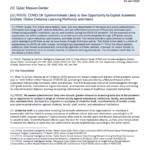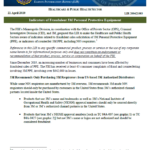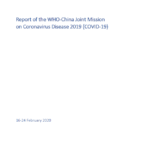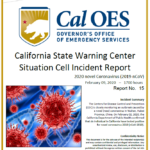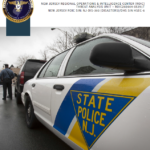
The New Jersey Regional Operations & Intelligence Center (ROIC) conducted research regarding the process necessary for successful recovery from COVID-19. This research and subsequent analysis focused on proper return-to-work procedures for first responders, while ensuring the safety of all. Although limited data is available specifically referencing first responders, numerous international scientific studies provide best practices for determining an individual’s ability to safely resume their duties. Links for more information are provided throughout this report.

